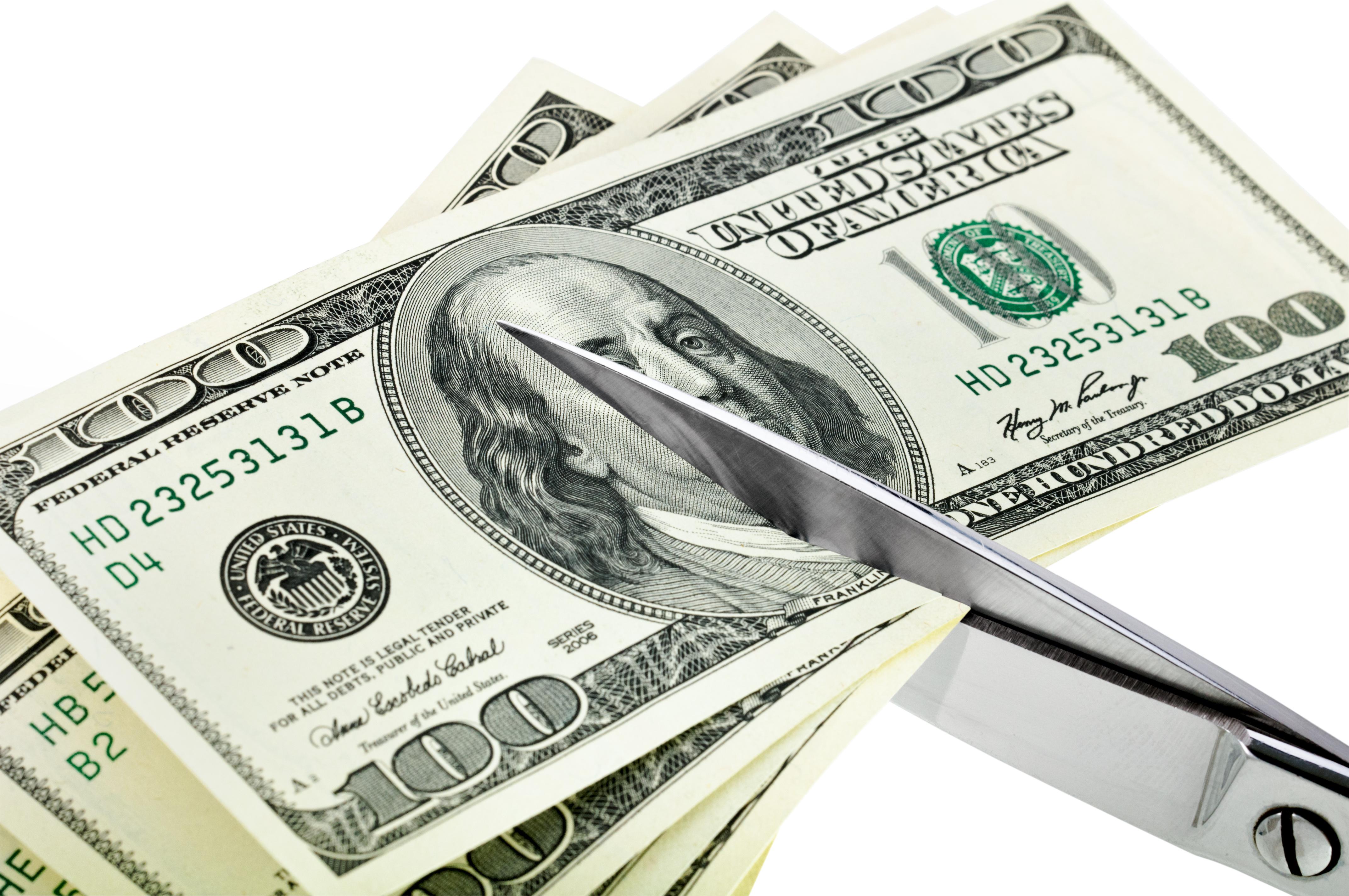China’s De-Dollarization amid Trade War: Gold’s Upside?
China continued buying gold for the tenth consecutive month in September. The country also continued its de-dollarization bid.
Oct. 8 2019, Updated 10:14 a.m. ET

As trade tensions rage on, China continued buying gold for the tenth consecutive month in September. The country also continued its de-dollarization bid.
US and China trade talks 
The US and China will re-start their trade talks in October. However, not everyone is excited about the outcome. According to a Bloomberg report, China is reluctant about pursuing a broad trade deal with the US. Some of the sticking points from previous trade talks involve China reforming its industrial and intellectual property policy. China is still hesitant about giving the US an upper hand regarding these policies. As a result, investors aren’t celebrating the trade talks yet.
US versus Chinese stock markets
China is preparing itself for a prolonged trade war. The trade war escalated in August when the US imposed new tariffs on Chinese goods. China had to weaken the yuan to offset some of the impact, which generated strong opposition from the US. Also, the trade war seems to be impacting China more than the US. The S&P 500 (SPY) and the Dow Jones Industrial Average Index (DIA) have risen 17.8% and 13.9% YTD (year-to-date), respectively. In contrast, the iShares China Large-Cap ETF (FXI) and the iShares MSCI China ETF (MCHI) have gained 3.0% and 7.7%, respectively.
Trade war impacts China more
Rising trade war tensions impact China’s economy. Many US companies, including Google (GOOG), Apple (AAPL), and Amazon (AMZN), have decided to move some of their operations to other countries. Tariffs and trade-related uncertainty take a toll on these companies’ business decisions. Tesla (TSLA) is moving some of its production to China. The company will be able to save money on some of the tariffs and other costs.
China adds to gold reserves  
Amid all of the tension, China doesn’t want to rely too much on the US dollar (UUP). In continuing with this bid, China has been adding to its gold reserves, also known as “de-dollarization.” According to Bloomberg, the People’s Bank of China added 5.9 tons of gold in September. The country has added about 99.8 tons of gold in the last ten months through September. There are also concerns that the trade war might turn into a currency war. If there’s a currency war, China would have to respond to the US. Gold could act as a viable alternative to the US dollar.
According to Suki Cooper, Standard Chartered’s precious metals analyst, China will likely continue buying gold due to protectionist and geopolitical concerns. Gold acts as a hedge in times of uncertainty.
WGC and central banks keep buying gold
On October 7, the WGC (World Gold Council) published its latest report on central bank data for August. In the first eight months of the year, central banks added 450 tons of gold to their reserves. The WGC also reported that the gross purchases of gold in August were concentrated among four main central banks. Turkey, Russia, China, and Qatar were the key countries that added to their gold reserves in August. WGC’s Krishnan Gopaul said, “Global uncertainty remains elevated with little indication that it will fall anytime soon. Against this backdrop, central banks continue to see a role for greater levels of gold in their reserve portfolios.”
China and Russia’s de-dollarization efforts
However, China isn’t alone in its bid to de-dollarize. Russia has been very aggressive on this front. The US sanctions on Russia were the trigger point for Russia in its de-dollarization bid. Along with US sanctions, volatile oil prices and the ruble’s devaluation accelerated Russia’s de-dollarization pace. Russia bought 11.3 tons of gold in August. According to a CNBC report, Russia’s holdings of US Treasury securities fell 84% between March and May.
De-dollarization will support to gold prices
Most analysts are positive that central banks will keep lapping up gold amid de-dollarization, rising geopolitical, trade, and protectionist concerns. As reported by Kitco, Commerzbank analysts said, “Given that China’s gold holdings, as a proportion of its currency reserves, are still very low by Western standards, the PBoC is likely to continue to buy gold in the future.”
According to WGC, the US had the highest percentage of reserves in gold at 77.3% in October, followed by Germany at 72.9%. Compared to these countries, Russia and China have 20.7% and 3.0% of their reserves in gold.
Gold’s impressive performance in 2019
Central banks’ increasing gold reserves seem to be a good omen for gold prices. The SPDR Gold Shares (GLD) has already gained 17% YTD. The VanEck Gold Miners ETF (GDX) has multiplied the gains by returning 32% during the same period. With central banks’ strong gold demand, gold will likely get another boost amid rising trade and geopolitical tensions.
Read Trump, Trade War, Powell: More Upside for Gold Prices? to learn about gold’s price drivers. Many hedge funds have also been advocating investing in gold in 2019 due to its increased importance as a hedge during uncertain times.
